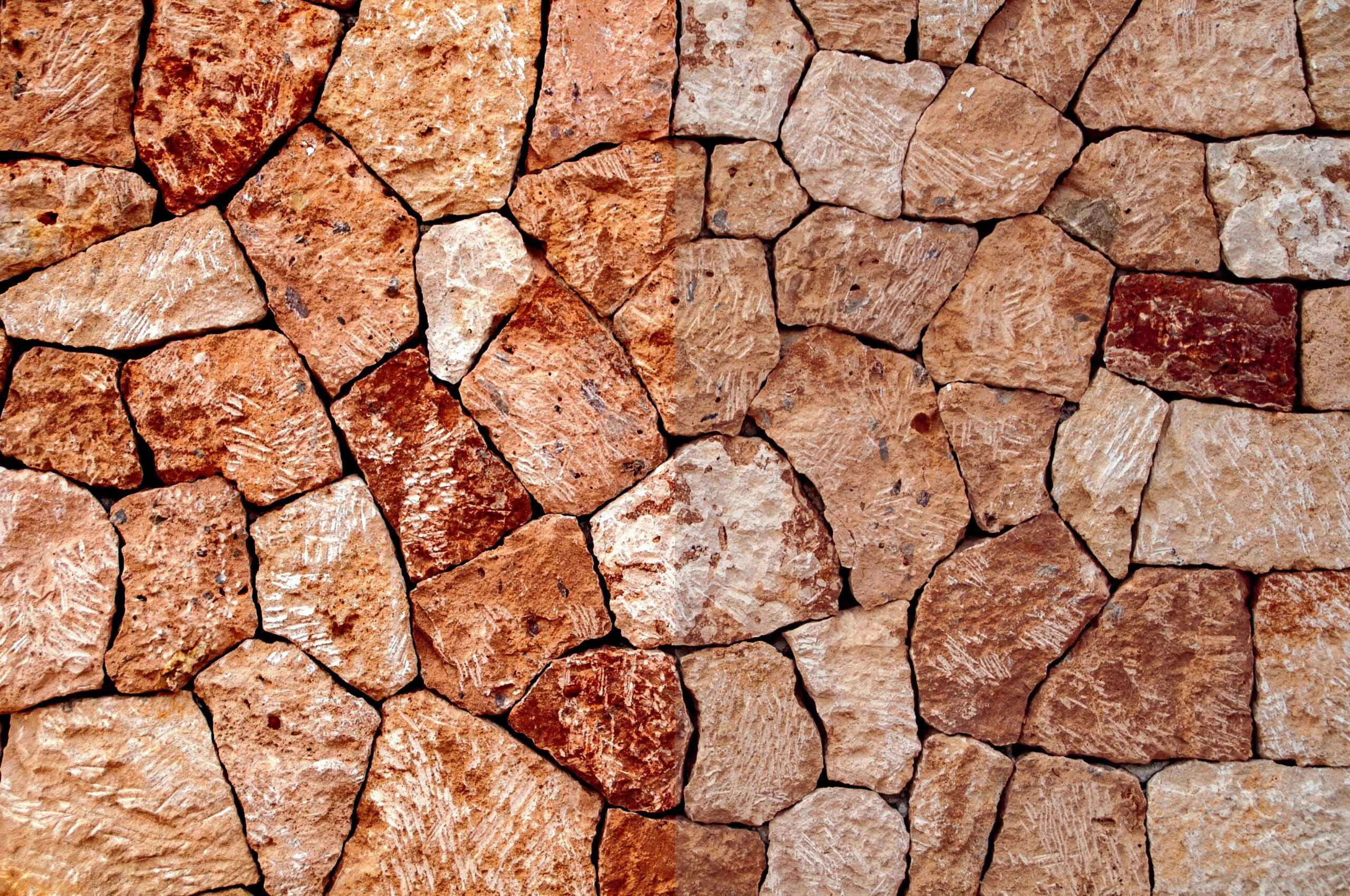Welcome to a captivating journey into the ancient world, where mysteries are waiting to be unraveled and secrets are begging to be uncovered. In this article, we delve into the timeless enigma surrounding the age of the Rosetta Stone, one of history’s most renowned and cherished artifacts. With a burning desire to unearth the truth, our seasoned archaeologist and expert in ancient civilizations will guide us through the fascinating journey of decoding the age-old puzzle that has intrigued scholars for centuries. So, without further ado, let us embark on this thrilling quest and reveal the true age of the mesmerizing Rosetta Stone.
How Old Is The Rosetta Stone
As an archaeologist with a deep passion for historical artifacts, I have dedicated a significant portion of my career to unraveling the mysteries of ancient civilizations. Today, I would like to take you on a journey through time and explore the age of one of the most iconic relics in history – the Rosetta Stone. How old is the Rosetta Stone? Let’s delve into this question together and decode the secrets hidden within its ancient surface.
The Rosetta Stone, a renowned slab of rock measuring approximately 112 centimeters in height and 75 centimeters in width, holds a key role in deciphering the complex hieroglyphic script of ancient Egypt. But just how old is this fascinating artifact? To answer that question, we must travel back in time to ancient Egypt.
Around 196 BCE, during the Ptolemaic dynasty, the Rosetta Stone was crafted as a decree issued by King Ptolemy V. This decree, known as the Rosetta Stone, was inscribed with three versions of the same text: Egyptian hieroglyphs, demotic script, and ancient Greek. Its purpose was to honor the king and establish his divine authority. Little did the craftsmen know that their creation would go on to perplex scholars and revolutionize the field of linguistics centuries later.
Now, let’s fast forward to the year 1799. During Napoleon Bonaparte’s military campaign in Egypt, a group of French soldiers stumbled upon the Rosetta Stone while building Fort Julien in the city of Rosetta (modern-day Rashid). This chance discovery would prove to be a turning point in our understanding of ancient Egyptian civilization.
The Rosetta Stone, with its multiple scripts, posed a tantalizing challenge to linguists and historians. It became the key to unlocking the mysteries of hieroglyphs. Through meticulous study and analysis, scholars like Jean-François Champollion painstakingly compared the Greek text to the hieroglyphic and demotic versions inscribed on the stone. Eventually, in 1822, Champollion succeeded in deciphering the hieroglyphs and opened a world of ancient Egyptian knowledge previously inaccessible to humankind.
The age of the Rosetta Stone can be traced back to the Ptolemaic period in ancient Egypt, specifically around 196 BCE. This sacred artifact reflects the end of the Egyptian Pharaonic era and the beginning of the Hellenistic influence under the Ptolemaic rulers. It stands as a testament to the intricate and intertwined histories of these ancient civilizations.
In conclusion, the Rosetta Stone claims its place in the annals of history as a remarkable artifact that not only reveals the age of the Ptolemaic dynasty but also demonstrates the indomitable spirit of human intellect and perseverance. Its discovery and subsequent decipherment changed the world of archaeology forever and shed light on the enigmatic world of hieroglyphs. The Rosetta Stone continues to captivate our imagination, serving as a bridge between the past and the present, inviting us to unlock its secrets and explore the rich tapestry of ancient Egypt.
“The Rosetta Stone, born in the Ptolemaic period of ancient Egypt, stood the test of time and ultimately unravelled the mysteries of hieroglyphs, forever changing the course of archaeology.”
The Rosetta Stone is a fascinating artifact with a long and intriguing history. If you’re curious about its origins and significance, you’ll definitely want to check out these fun facts about the Rosetta Stone. From how it was discovered to the secrets it holds, this article will take you on a journey through time. So, grab a cup of coffee and get ready to delve into the mysteries of the Rosetta Stone. Click here to uncover these captivating facts: fun facts about the rosetta stone.
How The Rosetta Stone Unlocked the Secrets of Hieroglyphics
[youtube v=”yeQ-6eyMQ_o”]
Introduction
The Rosetta Stone, housed in the British Museum, is a priceless artifact that played a crucial role in deciphering Egyptian hieroglyphics. Crafted during the Ptolemaic dynasty in ancient Egypt around 196 BCE, this slab of rock measures 112 centimeters in height and 75 centimeters in width. It bears inscriptions in three different scripts: Egyptian hieroglyphs, demotic script, and ancient Greek.
Decoding the Enigma
Discovered by French soldiers during Napoleon Bonaparte’s Egyptian campaign in 1799, the Rosetta Stone posed a tremendous challenge to linguists and historians. The stone held within it the key to unraveling the mysterious hieroglyphic script, which had remained largely unintelligible for centuries. Jean-François Champollion, a French scholar, dedicated twenty years to deciphering the hieroglyphs and finally succeeded in 1822.
“The translation is not completely accurate. There is also a difference between the three messages here.” – Expert
Understanding Hieroglyphics
The hieroglyphic writing system was initially misconstrued as a series of pictorial representations where each image equated to a concept. However, modern linguists have debunked this notion. Hieroglyphs are far more intricate and nuanced than mere pictograms. They encompass both phonetic elements to express sounds and intricate symbols to convey abstract ideas. The context in which a symbol is used determines its meaning, much like sending a message with emojis.
“The Egyptian hieroglyphs are complex, where the same symbol can be used in different ways depending on context.” – Expert
The Cartouche Revelation
A vital clue for deciphering hieroglyphics lies in the presence of a cartouche—a circle with lines—on the Rosetta Stone. These symbols, denoting praise, are typically associated with the names of the royal family. Linguistic experts recognize that names written in other languages, including letters, can appear within cartouches. This revelation simplified the translation process and made it more accessible.
“If we paired these letters together, it would be easier to understand. The translation would still be difficult and challenging, but it becomes more comprehensible.” – Expert
An Unveiling of Ancient Secrets
Through the relentless efforts of linguists and scholars over decades, the hieroglyphic script on the Rosetta Stone was finally deciphered. Unraveling its enigmatic messages allowed us to peer into the mysteries of ancient Egyptian life, particularly their royal family. Surprisingly, the text inscribed on the stone turned out to be a tax document, highlighting the privileges enjoyed by the royal family, including tax exemption.
“The Rosetta Stone marked the end of the Pharaonic era in Egypt and ushered in the influence of Hellenistic rule under the Ptolemaic dynasty.” – Expert
A Bridge to the Past
The discovery and decipherment of the Rosetta Stone revolutionized the field of archaeology, offering profound insights into the world of hieroglyphs. It bridged the gap between ancient Egypt and the present, inviting us to explore and appreciate the rich history of this remarkable civilization. The Rosetta Stone stands as a testament to human curiosity, ingenuity, and the power of unlocking the secrets of the past.
Conclusion
The Rosetta Stone holds a significant place in history as a catalyst for unlocking the mysteries of Egyptian hieroglyphics. Its inscriptions in three scripts played a vital role in deciphering the complex hieroglyphic system. Through rigorous efforts and perseverance, linguists and scholars managed to decode the ancient messages, shedding light on the life and culture of the ancient Egyptians. The Rosetta Stone serves as a timeless reminder of the power of human determination in unraveling the secrets of the past.
FAQ
Question: How old is the Rosetta Stone?
Answer: The Rosetta Stone is estimated to be around 2,200 years old. It was carved during the Hellenistic period in Egypt, specifically during the reign of King Ptolemy V in 196 BCE.
Question: How was the age of the Rosetta Stone determined?
Answer: The age of the Rosetta Stone was determined through historical analysis and dating techniques. Based on the reign of King Ptolemy V mentioned on the stone and other historical references, archaeologists have concluded that it was created in 196 BCE.
Question: What materials were used to create the Rosetta Stone?
Answer: The Rosetta Stone is made of black basalt, a volcanic rock. It measures around 1.14 meters in height, 0.72 meters in width, and 0.28 meters in thickness.
Question: Who discovered the Rosetta Stone?
Answer: The Rosetta Stone was discovered in 1799 by a French soldier named Pierre-François Bouchard during the French campaign in Egypt. It was found in the town of Rosetta (modern-day Rashid) in the Nile Delta.
Question: Why is the Rosetta Stone significant?
Answer: The Rosetta Stone is of great significance because it played a crucial role in decoding ancient Egyptian hieroglyphs. The stone provided a key to understanding Egyptian hieroglyphic scripts by providing the same text in three different scripts: ancient Egyptian hieroglyphs, demotic script, and ancient Greek. This allowed scholars to decipher the once-mysterious hieroglyphic writing system and gain valuable insights into ancient Egyptian civilization.
- Mastering Leader in Spanish: The Complete Guide - April 19, 2025
- Uncovering Surprising Parallels: England Size Compared to US States - April 19, 2025
- Old Mexico Map: Border Shifts 1821-1857 - April 19, 2025
















